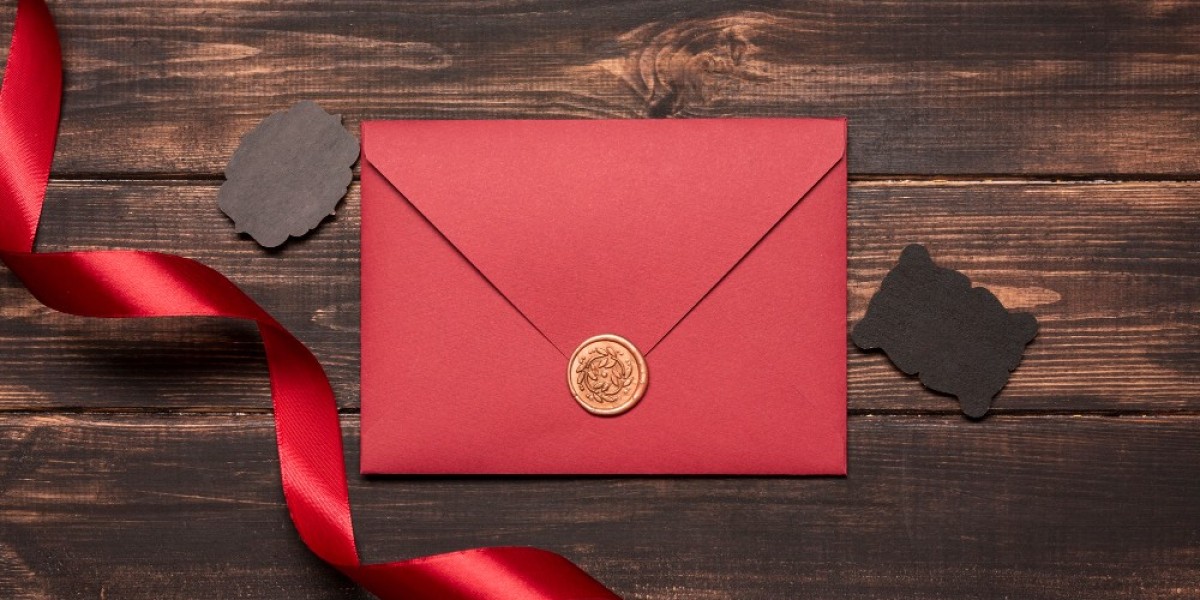Envelopes have been used since times immemorial but there was always an urge to keep the contents of the envelope as secure as possible. This may have been for any reasons from something as simple as to ensure that contents of the envelope do not fall out or get lost to something highly security oriented where it was necessary to ensure that message in the envelope was not leaked or tampered with in any way.
After trying many options, the most common approach has been to use a gum sealed envelope. In many cases state messaging sent by kings, lords and governments have used a Baronial envelope which is sealed with gum and then wax seals were also put on them to ensure message authenticity and confidentiality. Different people have used different types of gums and today, the variety of gums that are being used for envelopes is very wide. Here is a look at some of the most common gum types used for envelope sealing.
Natural Gums
These are the most common and historically prevalent methods used for gum sealed envelope. These are made of naturally occurring substances, either used directly as a sticking agent or used as mixture or minimally processed items. Different countries and cultures have used different kinds of natural gums.
Arabic Gum has been among the most commonly used sticking agents. It is obtained from an Acacia tree. While in widespread use from ages, its key concern has been the fact that it is water soluble. Yet it has frequently been used for sealing Baronial envelope over the ages.
Casein glue is another common natural gum that has been used for a long time now. It is made from the protein found in milk and has also been used for a long time now, though it is more common in cultures which have long relied on cattle and livestock.
Rubber has perhaps been the most widely used item and one of the basic materials on which so much of modern civilization is based. Rubber latex is a natural adhesive obtained from rubber tree sap. It can be used in the manufacture of products like rubber bands, tapes, and adhesives.
Beeswax has also been a common adhesive used for a long time. It has been used in Europe extensively. Beeswax, derived from the honeycomb of bees, can be used as a natural adhesive or sealant for various purposes.
Man Made Gums
As the knowledge of chemistry has advanced and as the use of envelopes and other such items increase manifold, the need for chemical and man made sticking agents was felt. This led to the invention of many kinds of synthetic glues.
The first kind of synthetic glue to look at is also the most common one. Polyvinyl Acetate (PVA) Glue is a water-based adhesive. It dries clear and is non-toxic and thus ideal for use in a sealed envelope. As it is also used in woodworking, and general bonding, it can also be referred to as white glue or wood glue.
Many times people may want to use a Baronial envelope made of high density paper and even other items. Your regular glue will not work here so you need a comparatively stronger solution. This is where Cyanoacrylate comes to use. These are fast-bonding, high-strength glues that work well on a variety of materials, including plastic and rubber along with high GSM paper.
If you are looking for a completely no nonsense solution for a gum sealed envelope, you need a pressure sensitive adhesive. These glues try to strike a good balance between being easy to use and delivering a reliable seal hence it is commonly used in labels, sticky notes and even tapes.








